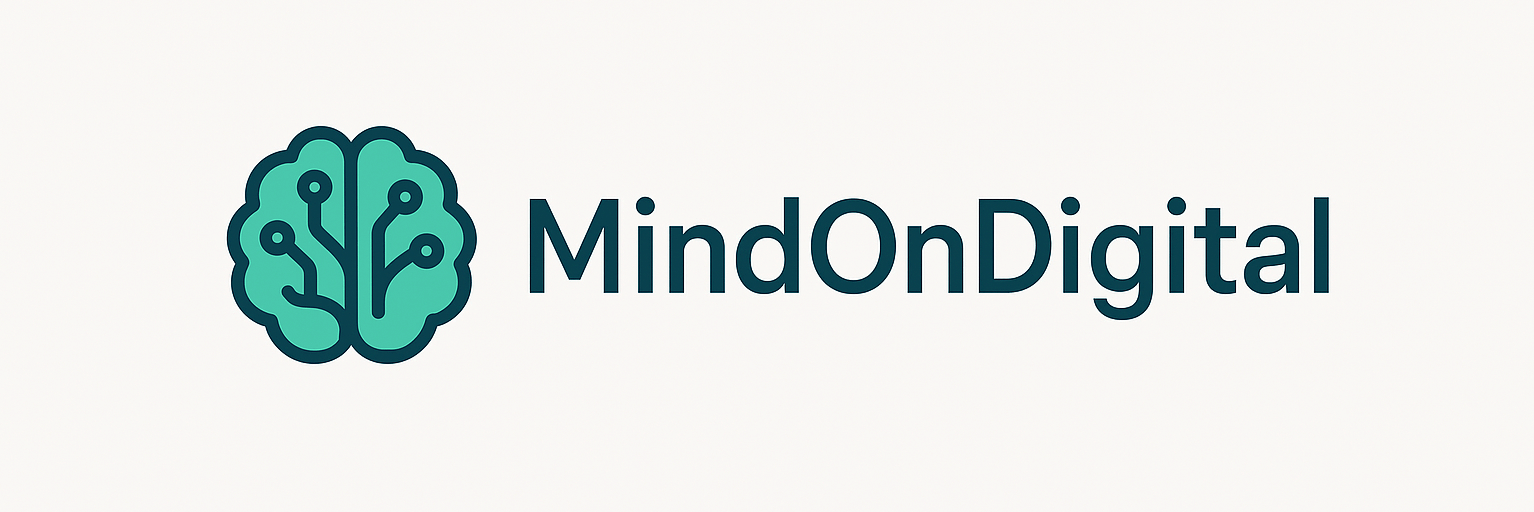Your smartphone accompanies you everywhere - and collects a lot of data. Location, contacts, usage behavior, app activities. But you can decide for yourself what you disclose. Here I'll show you how to configure your device in a privacy-friendly way - without any technical jargon.
🔧 1. selectively restrict location services
Instead of activating the location permanently, use the "Only during use" option. Deactivate the location for apps that don't need it - e.g. games or flashlight apps.
📲 2. check app authorizations
Go to the settings and check which app has access:
- 📷 Camera
- 🎤 Microphone
- 📍 Location
- 📒 Contacts
Revoke permissions that are not necessary. Rule of thumb: A weather app does not need access to your photos.
🛑 3. limit tracking & advertising
In the settings, you will find options such as "Disable personalized advertising" or "Allow app tracking". Switch these off to be tracked less.
🧼 4. remove or deactivate pre-installed apps
Many devices come with apps that you never use - but which still collect data. Remove or deactivate them if possible. This also saves battery and memory.
🔐 5. secure lock screen & backup
Use a secure screen lock (e.g. PIN or biometric) and encrypt your backup. This way, your data remains protected even if it is lost or stolen.
📣 Conclusion
A privacy-friendly smartphone is not a luxury - it's a conscious decision. With just a few clicks, you can protect your privacy and regain control. Start today - your digital self will thank you.
🔗 Further links
🏠 Internal recommendations on MindOnDigital:
- Home page
- VPN explained - How to protect your connection
- Password manager - more security with less effort
- Tracking blocker - How to surf really privately
- Recommendations - Tools for more digital security
- Privacy policy
🌐 External resources:
- PrivacyTools.io - Overview of privacy-friendly software
- Digitalcourage e.V. - Commitment to basic digital rights
- BfDI - Federal Data Protection Authority
